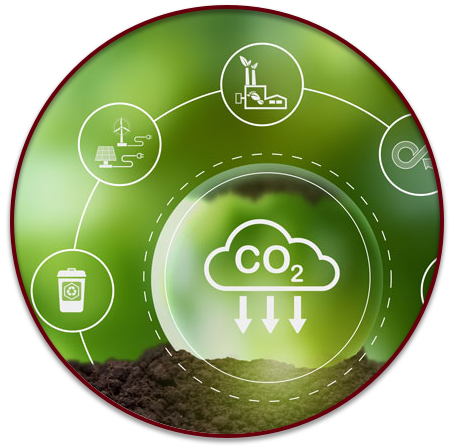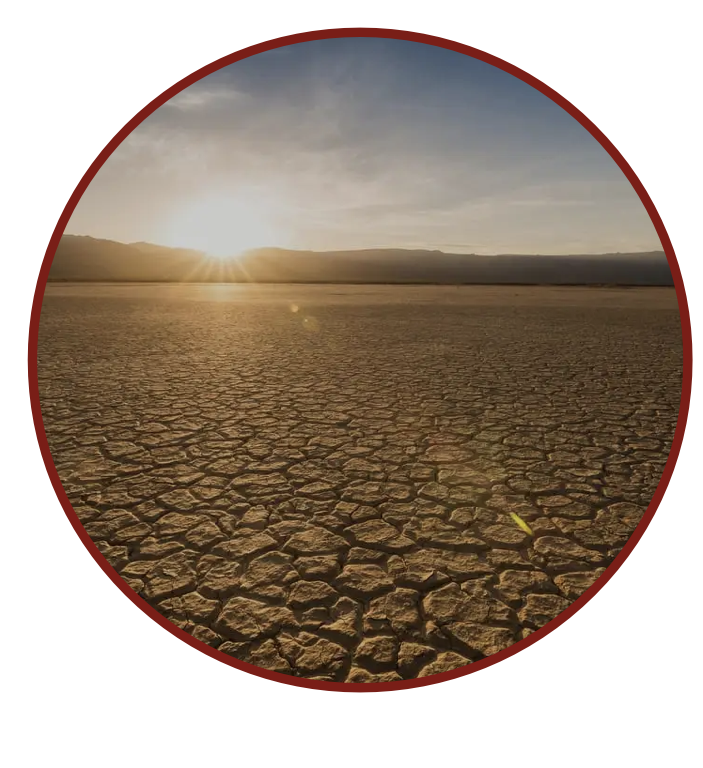ESG SUSTAINABILITY
Protecting the Earth through the Influence of the HorseESG SUSTAINABILITY
Protecting the Earth Through the Influence of the HorseHiPoint focuses on environmental recycling solutions to the crisis caused by horse stall waste residuals. By taking the whole stall residual waste stream and turning it into revenue streams. Creating a recycled wood-fibre, non-woody biomass, and capturing three million gallons of wastewater. HiPoint reduces manure emissions from the air, land, and waterways to protect our planet.
The Unseen Problem
Millions of tons of Horse Waste is produced each month and spread on fields, composted, or burned as inadequate disposal methods. With growing regulations prohibiting these three options, the problem is being exasperated. Because of this, key populated horse regions are seeing the cost of disposal reaching unbearable prices, while inadequate and illegal dumping is rising, thus creating multiple environmental hazards. Including water pollution through the formation of algae blooms, phosphorus overloading & nutrient leaching, air pollution via methane off-gassing greenhouse gasses (GHGs), and deforestation of the lands are all serious environmental implications. Environmental hazards are now at critical levels and have become a severe threat to the environment.

The Unseen Problem

GHG REDUCTION
GHG Reduction

CLIMATE CHANGE
Climate Change is affecting everyone. The current warming trend is proceeding at an unprecedented rate over decades to millennia. We can do our part to reduce global warming by removing a wastestream and turning it into valuable resources for reuse in multiple cycles while converting manure into Biofertilizers to reduce chemicals in our fields. HiPoint can save up to 100,000 lbs. of methane off-gassing and tons of phosphorus leaching each year from each Facility built.

Climate Change

HORSES CONTRIBUTE TO CLIMATE CHANGE
Preventing leaching

Preventing leaching

HORSES CONTRIBUTE TO CLIMATE CHANGE

Sustainability
HiPoint & Sustainability
The DEP Department of Environment Protection Act is concerned about pollutants such as Nitrogen, Phosphorous, Potassium, Fecal coliforms, E. coli, and mold, which have created algal blooms and lowered water quality in wetlands and conservation areas, air quality, lakes, rivers, and wildlife habitat protection. Horse waste has become a huge factor in contributing to these pollutants. Each HiPoint Facility is designed to naturally track and treat up to 60,000 tons of horse stall residual waste (wood, manure, hay, and grass).

